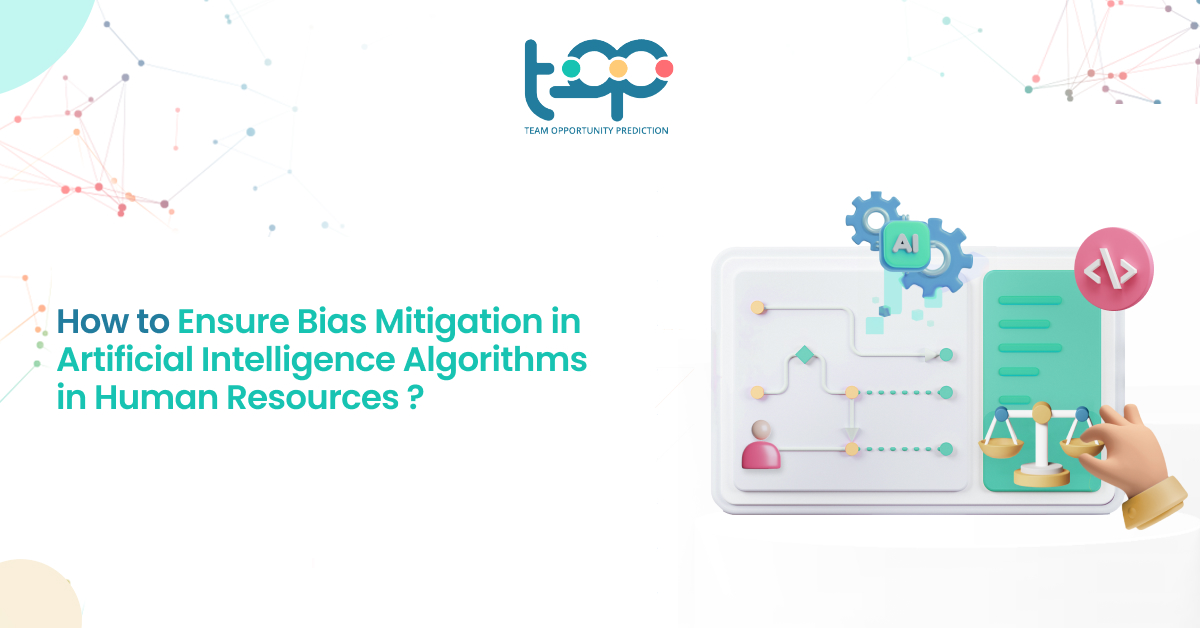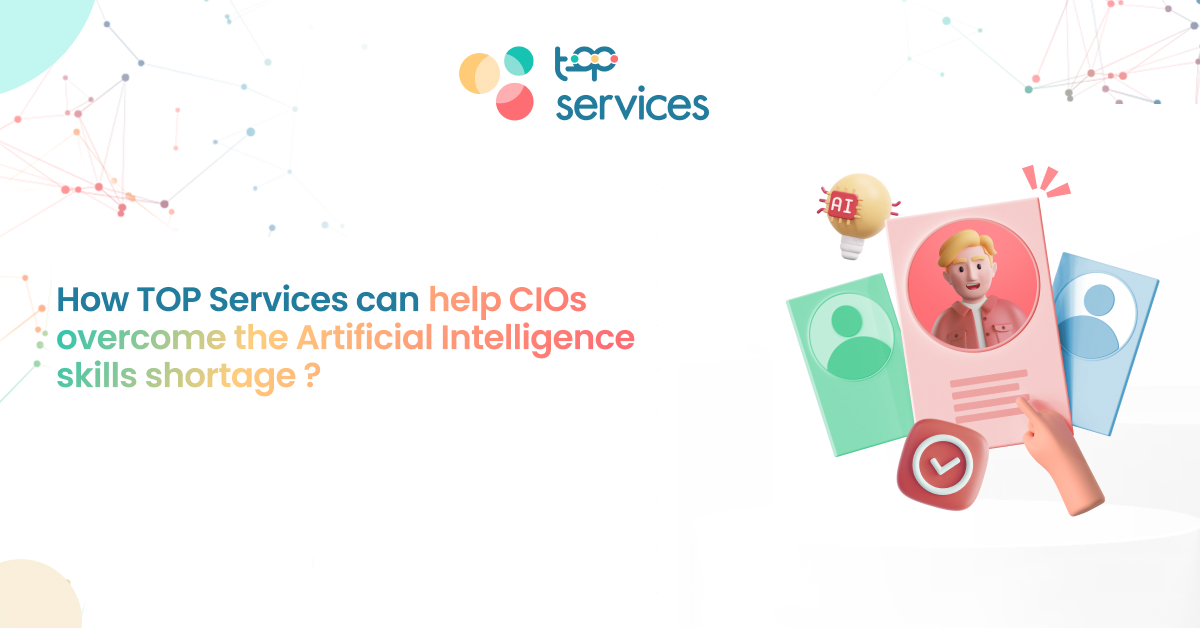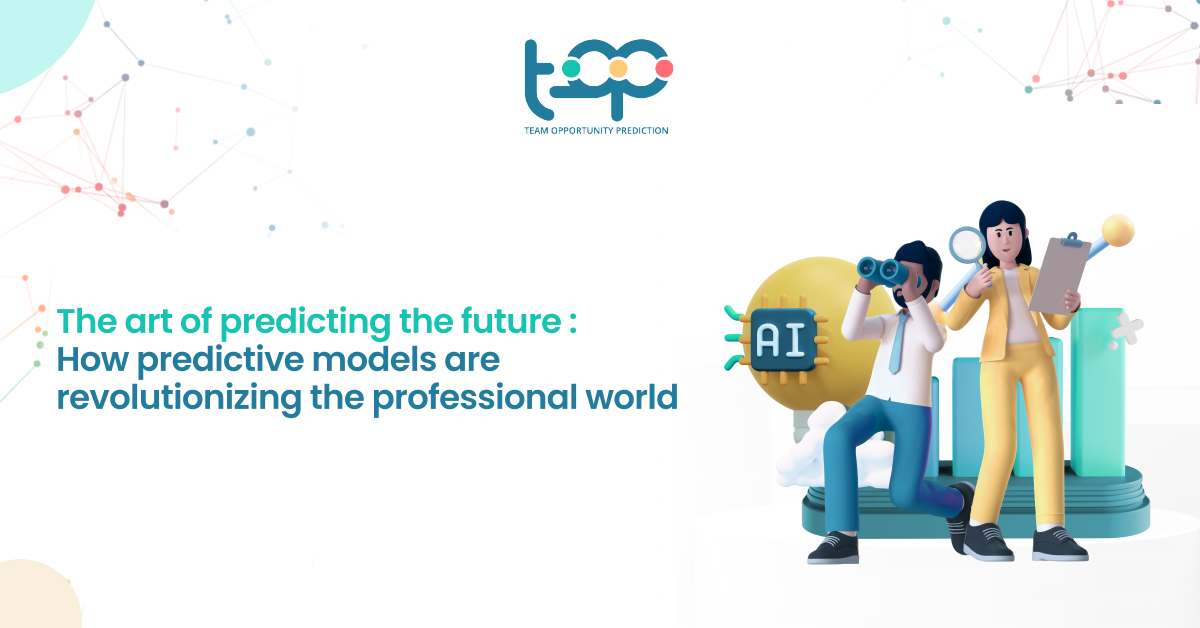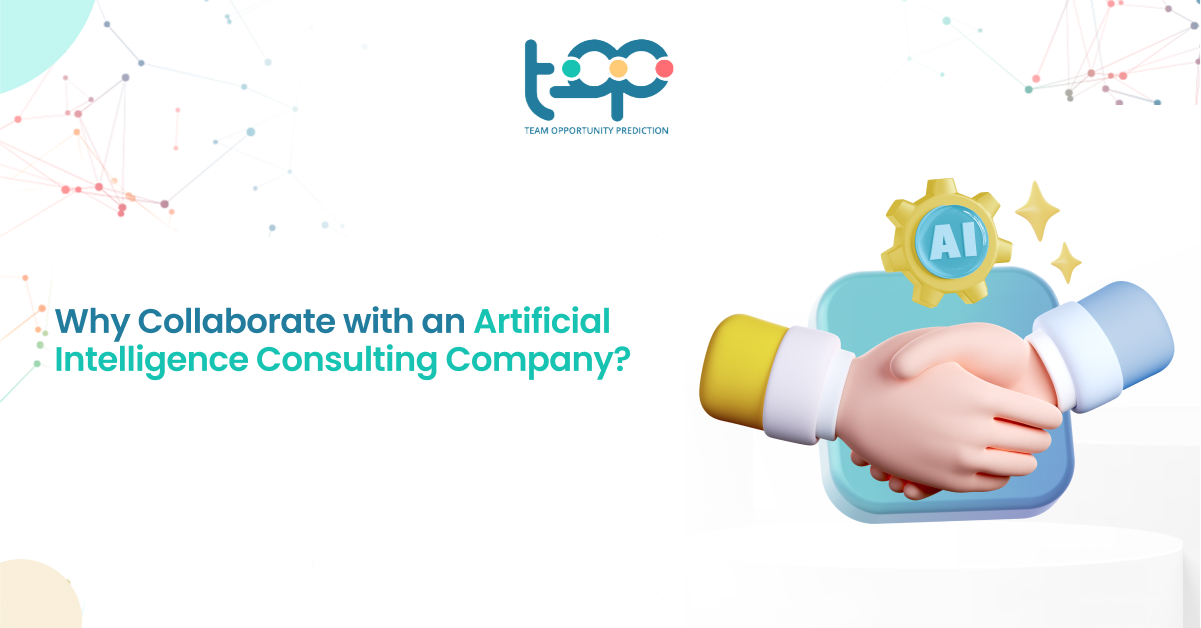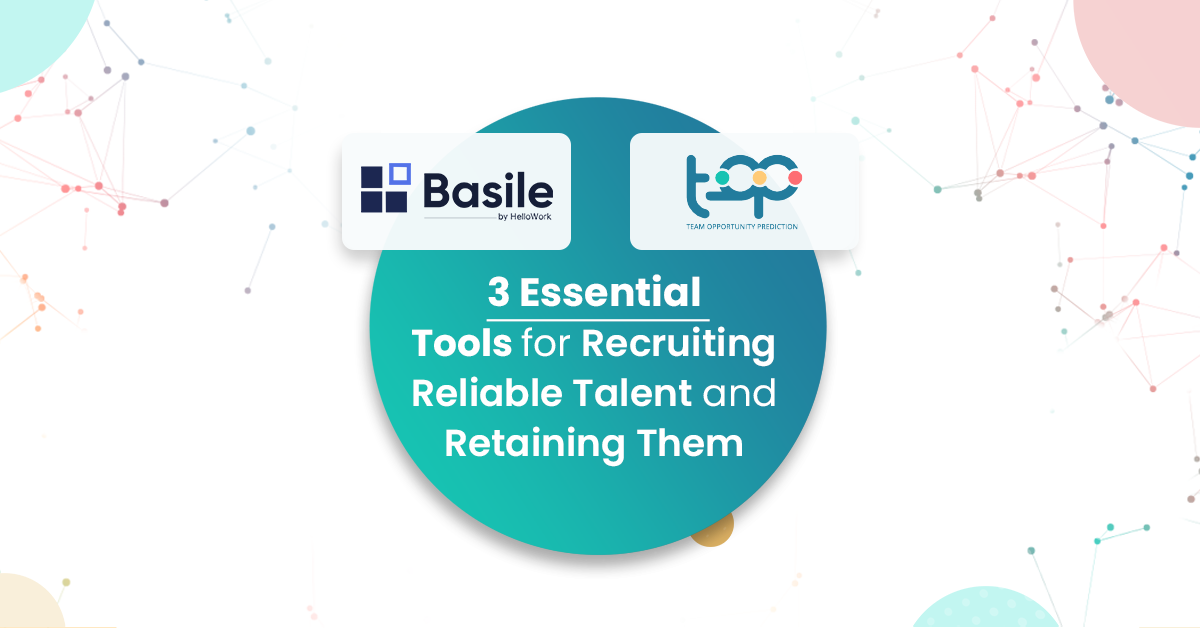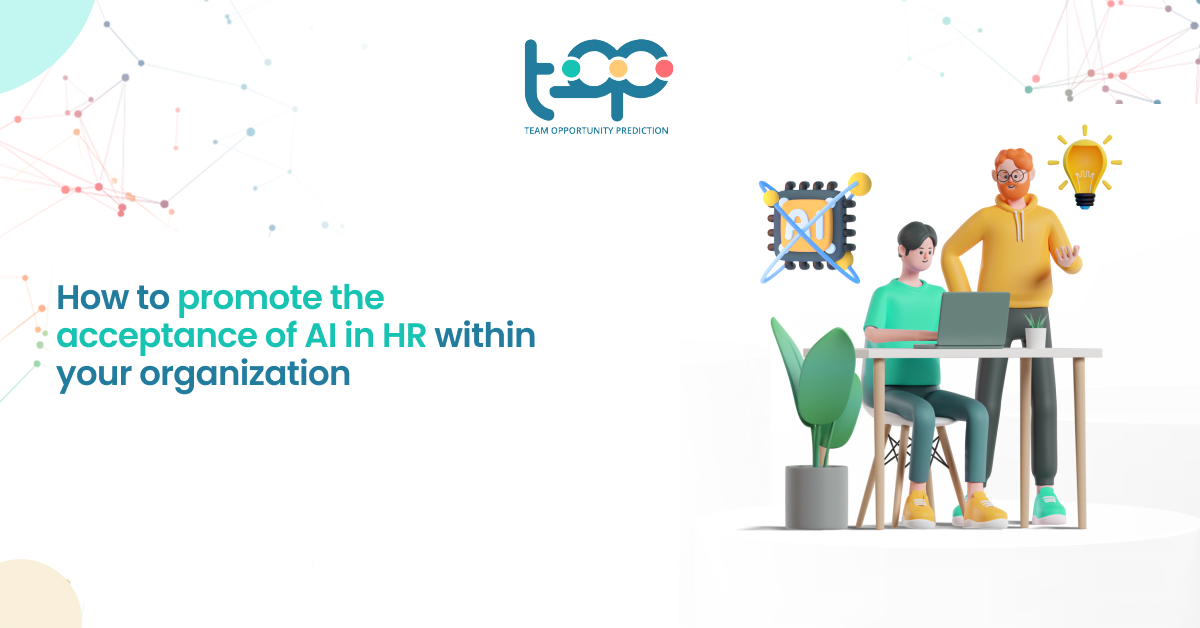The rise of artificial intelligence technologies in the field of human resources has changed the game. However, this technological advancement can also pose risks, as demonstrated by the recent case of the lawsuit against Workday, an HR software accused of bias in its results.
This context emphasizes the importance for companies, especially HR stakeholders, to understand and closely monitor these technologies.
In the face of this challenge, it is imperative to establish regular control mechanisms to ensure the reliability of algorithms used in HR AI systems. So how can we address this issue?
Detection and Prevention of Bias in HR AI Software
The advancements in artificial intelligence have raised concerns about the possibility of biased results. These biases often stem from the use of personal data such as gender, age, postal address, or any other information associated with an individual. In this context, the case of the Workday lawsuit illustrates this point, where an American candidate accused the AI integrated into recruitment solutions of discrimination.
This case highlights the risk associated with the use of potentially biased software. However, Workday has denied these allegations, emphasizing that they were unfounded. To address such accusations, it is imperative to recognize the importance of minimizing this risk.
In this context, measures such as including indemnification clauses in license agreements, as recommended by a lawyer from the Florida law firm Tripp Scott, can provide legal protection in case of issues. Furthermore, it is advisable to monitor the competition to become aware of the different uses of artificial intelligence over a defined period (several months or even years) without incident before making a final decision. The aim is to reduce the risk of bias and ensure ethical and fair use of the technology.
The increasing integration of artificial intelligence into human resources management software (HRIS/HCM) opens up new perspectives but also requires a certain level of knowledge to fully exploit its potential. Therefore, HR departments must implement technical and contractual preventive measures to protect themselves from risks.
It is also essential to consider ethical aspects and to fully understand how AI tools work to avoid biases and ensure fair decisions in human resources management.
AI in HR: The Importance of Understanding this Technology
Staying within the realm of human resources, it is imperative to emphasize the importance for HR professionals to gain a thorough understanding of artificial intelligence and its implications.
Today, HR actors play a significant role in managing the impact of AI on recruitment and talent management processes. This vision involves constant monitoring of the risks associated with the use of AI in these processes, including the need for supervision, controls, and ongoing evaluations of AI solutions, as highlighted by Helen Poitevin, an analyst at Gartner.
Jamie Kohn, another analyst at Gartner, highlights a concerning finding: today, many recruitment managers “are not always aware of how vendors use AI in their products.” She thus emphasizes the importance of understanding the technologies employed and asking the right questions to ensure informed decisions.
Moreover, according to an article published on MagIT and according to analyst Katy Tynan from Forrester Research, a good understanding of AI can bring significant benefits to HR, notably by reducing human biases. This analyst also warns that the more AI infused into HRIS, “the more likely it is that the technology will be used in a way that leads to litigation.”
We can therefore see, according to these analysts, that it has become crucial for HR departments to closely monitor and ensure the proper use of this technology to effectively manage its impact on recruitment and talent management.
In an ever-evolving market, the ability to grasp and exploit AI knowledgeably has become an essential skill for human resources professionals.
How TOP Addresses the Challenge of AI Algorithm Bias Mitigation?
Many AI tools in human resources integrate a monitoring approach for their algorithms to ensure their proper functioning and to avoid biases.
To meet the challenge of AI algorithm reliability, TOP offers a control interface allowing its users, whether they are managers or HR professionals, to monitor the performance of the algorithm. This reassures the validity of the model and instills confidence in the user in terms of choices.
To avoid any errors in judgment influenced by social factors, TOP teams conduct a thorough analysis of this data to identify any potential biases. They carefully study the impact of criteria such as gender, age, or marital status on the evolution of resignation risk prediction, ensuring that these factors do not inappropriately affect the results, in accordance with rigorous ethical standards.
Furthermore, data transparency is also crucial for TOP. This fundamental value is realized through clear and open communication of all data to all stakeholders. This transparency, ensured by this AI solution, increases confidence in the integrity of the information provided by the tool, thereby strengthening relationships with clients, partners, and employees.
User training is also key here. Indeed, for each implementation phase, all algorithms and their operations are explained clearly and comprehensibly. The goal is to simply explain the business application of this technology. This exchange also often allows for various questions to be raised about practice, data usage, and interpretation, which is fundamental for demystifying AI, which can be bewildering.
It is important to remember that TOP is primarily a decision support tool. It is based on factual, unbiased data, which allows it to suggest an action to the manager. This action is justified and explained by the tool, enabling the user to act consciously and rationally.
Finally, this solution has already been tested and proven by many users, including large groups such as Vinci, Attijari Bank, or Talan, which demonstrates a certain confidence in the product.
Today, these teams are supported by TOP’s expert editors to use the solution effectively and understand its stakes.
We can see that it is crucial to recognize the importance of closely monitoring the reliability of artificial intelligence algorithms to minimize the risks of bias. This vigilance is of particular significance for HR professionals, who must grasp the implications of this emerging technology on their practices and processes. AI tools, such as TOP, offer innovative solutions to mitigate potential biases and ensure fair and objective decisions in the field of HR.
